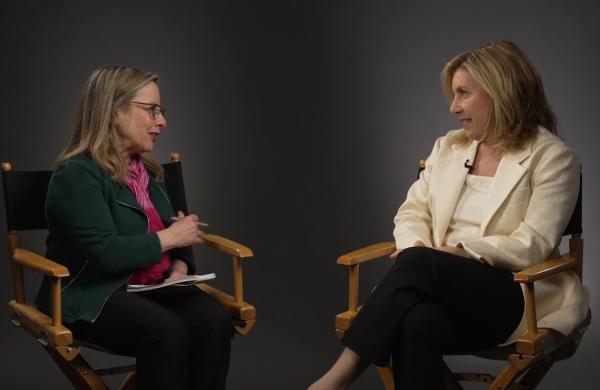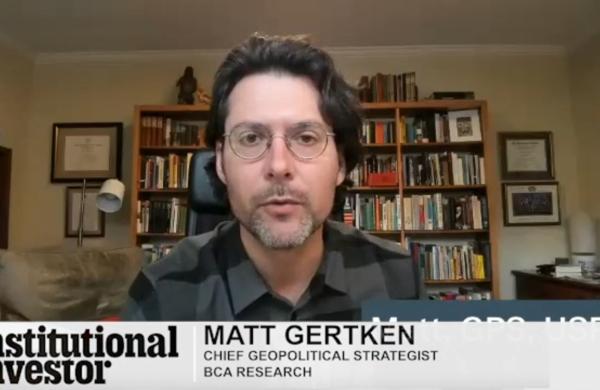President Trump’s ever-changing tariff policy has rocked global stock markets — and now it has created turmoil in the credit markets.
Dan Loeb, who heads up Third Point, a multistrategy fund with a heavy emphasis on both equities and credit, is looking for potential investments in the dislocation. In his first-quarter letter, made public Friday and seen by Institutional Investor, the hedge fund manager notes that the credit markets were relatively strong during the first two months of the year thanks in part a sharp decline in interest rates. However, he says, these gains “round-tripped in March” as “concerning tariff rhetoric began to crystallize into action.”
As a result, in the first quarter, Third Point’s corporate credit portfolio was up “marginally on a gross basis” but lost 30 basis points net. “Following quarter-end, the market suffered its most violent sell-off since Covid from the ‘Liberation Day’ tariff announcement, and while some losses were recouped, we expect volatility to remain extremely elevated,” Loeb says.
Third Point’s flagship Offshore fund was down 3.7 percent in the first quarter, driven mostly by losses from the equity book. Virtually all of the corporate credit portfolio is invested in high-yield securities.
The asset-backed securities portfolio emphasizes residential mortgages, with some additional exposure to consumer ABS and commercial mortgages, according to Third Point’s March monthly tear sheet, made public earlier last month.
Despite — or because of — the recent volatility, Third Point has identified a few pockets of opportunity in its credit and ABS portfolio.
“We expect to see many compelling opportunities in the months ahead as the market digests the tariff impact on leveraged borrowers,” Loeb explains in the first-quarter letter. “While corporate credit is just a portion of the total strategy, we have taken up our exposure during these periods and expect to find compelling opportunities to add to the portfolio in the coming weeks.”
He also thinks there are opportunities in structured credit, asserting that the rally in rates “is constructive” for U.S. residential mortgages. “Fixed-rate loans backed by U.S. homes are a credit-defensive asset class during a rate rally,” Loeb says. “While we may experience credit spread widening, we believe there will be a credit preference for U.S. mortgages where borrowers have more than 50 percent equity in their homes and are locked into a fixed rate.”
He adds that a potential Fed rate cut should create an opportunity for underlying mortgages to rally even if spreads widen. “As credit markets dislocate, we believe there will be a credit tiering and preference for first-lien, owner-occupied, residential exposure based on credit fundamentals and longer-duration capital specifically raised for this market sector,” Loeb says.
In contrast, he believes subprime consumers will continue to weaken given the economic headwinds, noting that borrowers who paid up for cars in 2021 and 2022 have started to default with refinancing options becoming scarce and values being inflated. “With additional macro headwinds, subprime consumers are vulnerable, with savings rates declining in the face of rising unemployment,” Loeb explains. “We do not have subprime auto exposure, and our subprime unsecured and credit card exposure is in loan form or at the senior part of the capital structure







